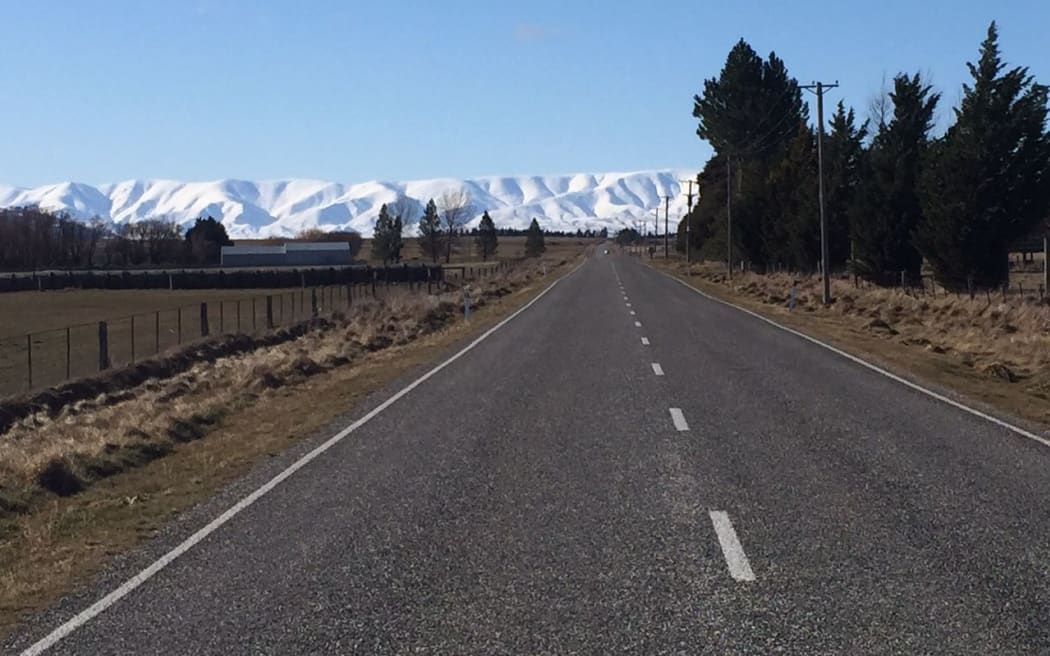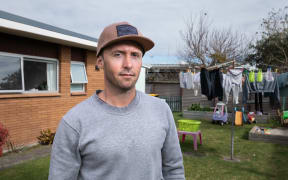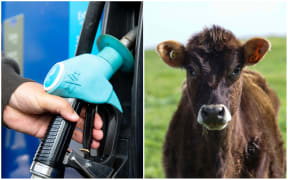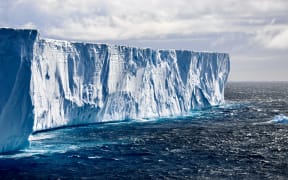
A section of road in the Ida Valley between Ranfurly and Alexandra, in Central Otago. Photo: RNZ/ Peter Newport
If you are in the south of Invercargill or the west of Alexandra, there is a good chance your air quality is much worse than people elsewhere in town.
NIWA has mapped outdoor air quality for Invercargill and Alexandra, and found some homes can have three times as much air pollution as others, depending on where they are.
That does not mean those households are bad polluters - it is just a case of where the wind blows.
NIWA principal air quality scientist Ian Longley told Morning Report new technology allowed the organisation to monitor air across multiple locations.
"Until very recently, we've only been able to monitor air quality at single locations at these towns and that's been done by the regional council so this was a study that was really exploiting new technology which allows us to monitor air at 40 different locations."
The study found towns were exposed to their own smoke and other towns upwind, Longley said.
"Not only did it (the smoke) settle, but sometimes the wind reverses and brings it back as well and we've seen that quite a number of times and this is particularly in these low wind conditions."
When it was windy, it all blew away, he said.
A few times a year "dirty wind" was circulating in these towns, he said.
"This study has really shown that you have to consider emissions across the whole town because everybody's emissions are impacting everyone elses," Longley said.
"We are polluting our neighbours, so we're all involved."
Some places have a harder time achieving better air quality. In a town like Alexandra, which has a shallow basin like many others, the pollution was trapped and stopped from escaping, Longley said.
In Invercargill, on a more open plain, sea air interacts with cold air drainage coming off the hill, creating swirling air that did not really go anywhere.
"You can't change the hillside and you can't change the typography of the land so you've got to really work harder to get those emissions down."
Everyone deserves the same level of protection, which was why air quality standards were the same everywhere, he said.




